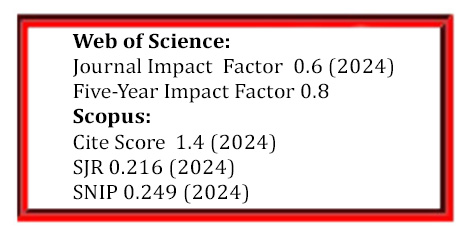Nonaqueous Gel Casting of AlN Ceramics using Epoxy
DOI:
https://doi.org/10.5755/j02.ms.39132Keywords:
gel casting, aluminum nitride, rheological properties, bending strengthAbstract
The AlN ceramics manufactured by a nonaqueous gel casting process were studied. It was shown that trimethylolpropane triglycidyl ether (TMPGE) and tetraethylenepentamine (TEPA) were suitable for the gel casting process through a nucleophilic addition reaction. This system cured at room temperature and avoided oxygen inhibition. The rheological behaviors of the slurries and bending strength of green bodies obtained under different conditions were investigated. Suspensions with a high-solid loading of 59 vol.% and low viscosity (678 mPa·s) were obtained with 1 wt.% dispersant, 20 wt.% TMPGE, and TEPA: TMPGE=1:5. The results showed that the bending strength of the green body is not only associated with the content of TMPGE, TEPA, and solid loading, but also the drying process. The bending strength greatly improved and reached 34.9 MPa after drying at 130 °C, which was strong enough for subsequent processing. With the increase of solid loading, sintered AlN ceramics exhibited higher relative density and thermal conductivity, reaching 99.6% and 152 W/(m·K) at 59 vol.%, while the optimized bending strength of 274 MPa was obtained at 55 vol.%. Meanwhile, complex-shaped ceramics without cracks were prepared.
Downloads
Published
Issue
Section
License
The copyrights for articles in this journal are retained by the author(s), with first publication rights granted to the journal. By virtue of their appearance in this open-access journal, articles are free to use with proper attribution in educational and other non-commercial settings.



